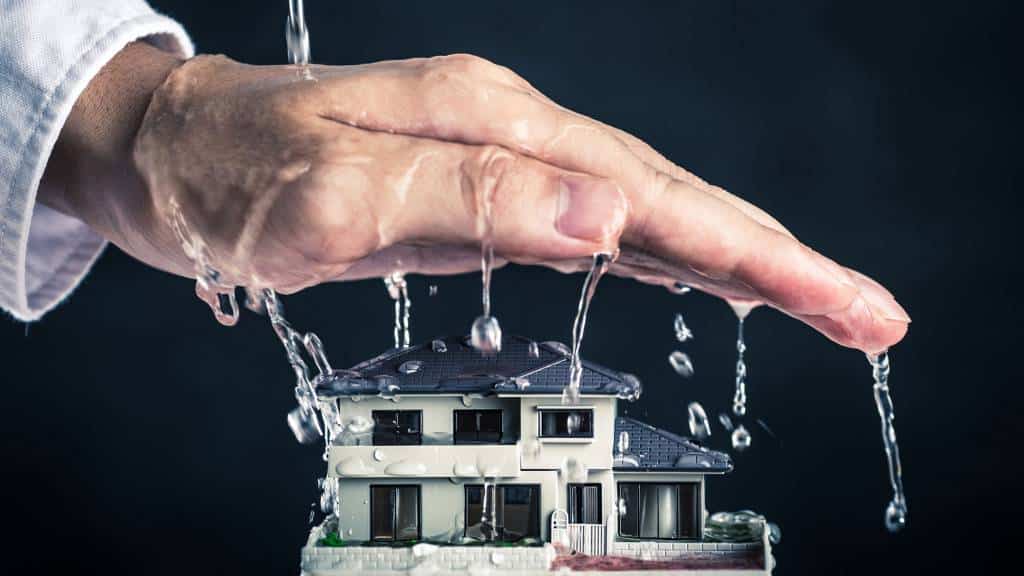Find Out Main Factors Triggering Water Leakage Within Your Home
Find Out Main Factors Triggering Water Leakage Within Your Home
Blog Article
Just how do you really feel on the subject of Common Water Leaks In House?

Leakages not only create waste of water yet can additionally create unnecessary damage to your house as well as advertise unwanted organic growth. Water leaks might go undetected given that many of the pipework in our house is hidden. By understanding and also looking for everyday scenarios that create leaks, you can protect your house from future leaks and also unneeded damage. Today, we will certainly take a look at 6 leak creates that may be creating your pipes to drip.
Instantaneous temperature adjustments.
Severe temperature changes in our pipelines can cause them to expand and get all of a sudden. This growth and contraction may trigger splits in the pipes, particularly if the temperature are below freezing.
Rusty water systems
As time goes by, your plumbing system ages and deterioration such as corrosion might begin eating away the pipelines. This might be the source of staining or bending on your pipes. This calls for an assessment with your plumber right away. If our plumbing system is old, think about changing the pipes given that they are at a greater risk of rust than the newer designs.
Faulty Pipe Joints
Pipeline joints can weaken over time, resulting in water leaks. If you have noisy pipes that make ticking or banging sounds, specifically when the warm water is turned on, your pipe joints are possibly under a whole lot of pressure.
Trespassing origins
A lot of water leakages start outside the house instead of inside it. If you see a sudden decline in water pressure, say in your faucet, take some time to head out and analyze your backyard. You may notice wet spots or sinkholes in your backyard, which may indicate that tree roots are invading water lines creating water to permeate out. You can have your plumber look for invasion, particularly if you have trees or bushes near your home.
Poor Water Connectors
Sometimes, a leakage can be brought on by loose hose pipes and pipes that provide your devices. Typically, shifting is what triggers the loosened water Links. You might find in the case of a washing maker, a tube might spring a leakage due to drinking during the spin cycle. In case of a water links leak, you may see water running straight from the supply line or pools around your home appliances.
Obstructed Drains
Obstructed drains pipes might be frustrating and inconveniencing, yet they can in some cases wind up triggering an overflow leading to rupture pipelines. Keep getting rid of any products that might go down your drains pipes that could obstruct them to stay clear of such aggravations.
All the above are causes of leakages however not all water leakages arise from plumbing leaks; some leaks may originate from roof leaks. All leaks must be fixed quickly to avoid water damage.
Leaks not only cause waste of water however can likewise trigger unnecessary damage to your home and promote undesirable natural development. By looking as well as comprehending for everyday situations that create leakages, you can secure your home from future leakages and also unnecessary damage. Today, we will certainly look at six leak triggers that might be triggering your pipelines to drip.
At times, a leak can be caused by loose pipes and also pipes that provide your appliances. In instance of a water connections leakage, you may observe water running directly from the supply line or pools around your devices.
How To Check For Water Leak In Your Home
How To Check for Leaks
The average household's leaks can account for nearly 10,000 gallons of water wasted every year and ten percent of homes have leaks that waste 90 gallons or more per day. Common types of leaks found in the home are worn toilet flappers, dripping faucets, and other leaking valves. These types of leaks are often easy to fix, requiring only a few tools and hardware that can pay for themselves in water savings. Fixing easily corrected household water leaks can save homeowners about 10 percent on their water bills.
To check for leaks in your home, you first need to determine whether you're wasting water and then identify the source of the leak. Here are some tips for finding leaks:
Take a look at your water usage during a colder month, such as January or February. If a family of four exceeds 12,000 gallons per month, there are serious leaks.
Check your water meter before and after a two-hour period when no water is being used. If the meter changes at all, you probably have a leak.
Identify toilet leaks by placing a drop of food coloring in the toilet tank. If any color shows up in the bowl after 10 minutes, you have a leak. (Be sure to flush immediately after the experiment to avoid staining the tank.)
Examine faucet gaskets and pipe fittings for any water on the outside of the pipe to check for surface leaks.
Undetected water leaks can happen without the home or business owner even realizing. If you suspect a water leak, but not able to find the source. It is time to contact a professional water leak detection service, The Leak Doctor.
How To Find a Water Leak In Your Home
https://www.leakdoctor.com/blog/How-To-Check-For-Water-Leak-In-Your-Home_AE197.html

I'm very fascinated by How to detect water leaks in your home and I hope you appreciated the new post. In case you enjoyed reading our page please do not forget to pass it around. Thank-you for going through it.
Service excellence here. Report this page